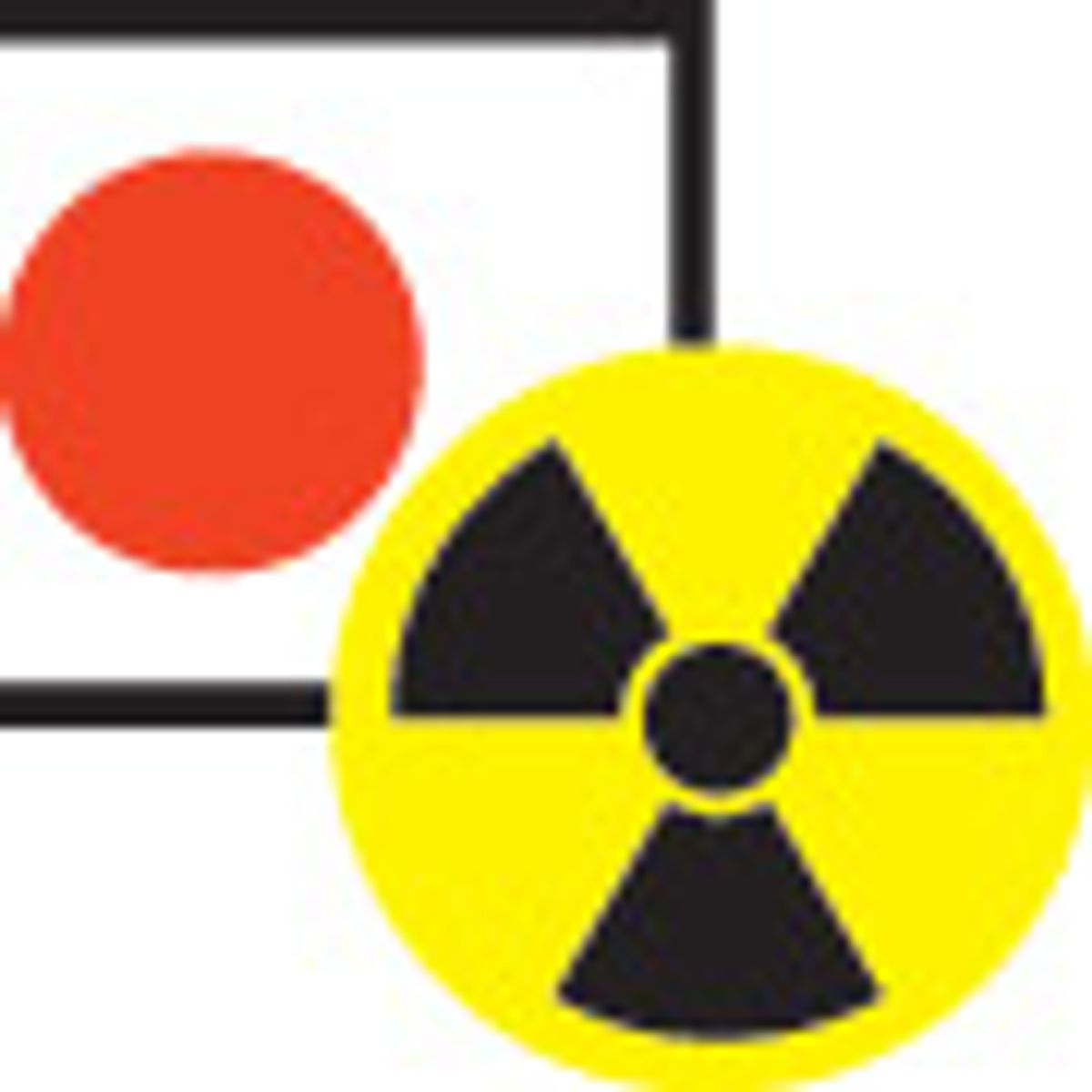Editor's Note: This is part of IEEE Spectrum's ongoing coverage of Japan's earthquake and nuclear emergency.
22 August 2011—The earthquake and tsunami that hit Japan’s east coast in March affected more than a dozen semiconductor suppliers and wafer makers and shook up the entire electronics supply chain. That’s not too surprising, considering that Japan boasts nearly a quarter of the world’s chipmaking capacity and that a number of large facilities were located close to the earthquake’s epicenter, just 130 kilometers off the coast of Sendai.
The 9.0 magnitude earthquake damaged facilities belonging to a number of large firms, including Sony, Toshiba, and Fujitsu. But all told, only one facility—a wafer fab in Sendai owned by Freescale Semiconductor—was declared too damaged to repair. Before the earthquake hit, the Freescale fab was already slated to be shut down in December 2011.
Now recovery is nearing completion. By September, IHS iSuppli estimates, Japan’s most damaged facilities should be back to full production. One of the last facilities to recover will be a campus in Naka—some 300 km from the earthquake epicenter—that houses Renesas Electronics Corp.’s 200-millimeter and 300-mm microcontroller plants. IEEE Spectrum spoke with Dan Mahoney, president and CEO of Renesas Electronics America, to get a better sense of the damage and the company’s approach to the recovery.
In the three months after the earthquake, Renesas estimates it lost 11.9 billion yen (US $156 million) as a result of damage to its factories, mainly from the Naka facility.
Renesas’s Naka facility was designed to withstand an 8.0-magnitude earthquake, and "the buildings withstood the earthquake remarkably well," holding up against vibrations while suffering minimal structural damage, Mahoney says.
But the equipment inside and on top of the Naka buildings did not emerge from the earthquake unscathed. When teams entered the factories in the wake of the earthquake, Mahoney says, they found fallen ceiling tiles, toppled equipment, protruding cables, and broken ventilation equipment.
Renesas engineers who assessed the damage originally estimated it would take six months to bring Naka back on line, Mahoney says, and "that [estimate] was considered aggressive at the time." But through pluck, friends, and a generous helping of overtime, the company managed to bring the Naka facility back on line in just three months, restarting production in June. The fabs are expected to reach 100 percent capacity by the end of September.
At the peak of the effort, 2500 employees and contractors participated in repairing the manufacturing site. Mahoney says the recovery was expedited by the assistance of competing companies, who deferred orders for hard-to-acquire equipment and supplies so that the Naka plants could get back on line faster.
The Naka facility produces roughly 15 percent of Renesas’s wafers. After the earthquake, the firm was able to shift about 60 percent of its production to other facilities.
Although the industry is close to a full recovery, Mahoney says the earthquake could affect the way companies view the supply chain and how it might be strengthened to prevent serious impacts from future unforeseeable catastrophes. One major consideration will be how much inventory should be carried in case production is interrupted.
"The supply-chain philosophy of the day is that inventory is evil and it should be minimized as much as possible," Mahoney says. "I think after the earthquake, customers as well as suppliers are in the process of reevaluating that [philosophy]. I think moving forward there could be some readjustments."

